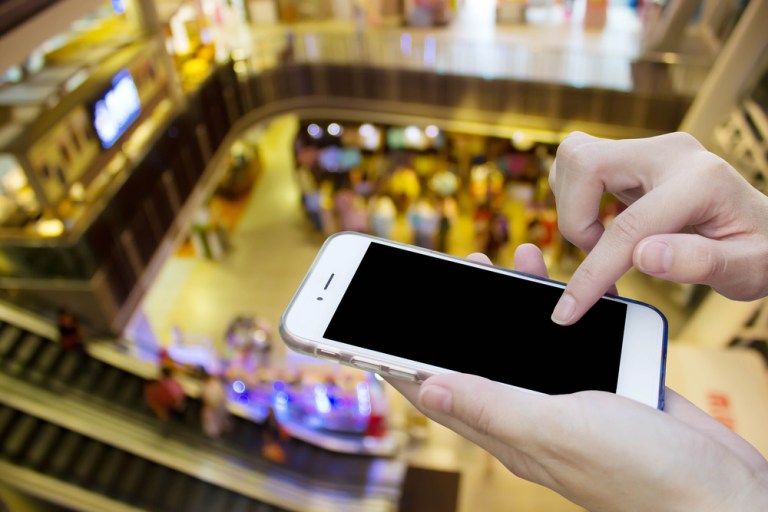
Online marketplace Farfetch is planning to launch new mobile technology that will allow shoppers to flag items with their phones as they shop in stores.
Farfetch allows customers to buy luxury clothes and accessories from more than 700 brands and boutiques worldwide.
According to Reuters, CEO and founder Jose Neves made the announcement on Wednesday that the London-based company is testing out the services, and will eventually offer up the technology to other brands and boutiques.
“The plan is to this year start rolling out very selectively to other partners,” Neves said in an interview. “We think it’s a tremendous opportunity and it’s actually inevitable. Retail shops still operate in the 80s.”
The company has already doubled its staff of engineers to just under 1,000, and expects that figure to reach to around 1,600 this year. Neves added that about 90 of those engineers will be working on the “store of the future.”
Last June, Farfetch received nearly $400 million in funding from one of China’s largest Commerce companies, JD.com, and effectively doubled, considering its previous $300 million funding round. China is one of Farfetch’s fastest growing markets.
According to the latest available UK filings, Farfetch revenues increased by 74 percent in 2016 to 151.3 million pounds ($215 million).
Farfetch is unique in that it is a platform, not a retailer, so it keeps no inventory. Instead, it connects shoppers with boutiques around the world.
“They have kind of rewritten the retail model,” said Katie Smith, senior fashion and retail analyst at EDITED, who has closely studied the boutique-based platform at Farfetch. “They’re not just focused on the big brands; they give shoppers that niche feeling of ‘I’ve stumbled upon a little shop on a street in Milan and found this great product I can’t find anywhere else.’”
A report by McKinsey released this week predicts that online sales of luxury items will rise to at least a fifth of the luxury goods market by 2025 from 8 percent in 2016.